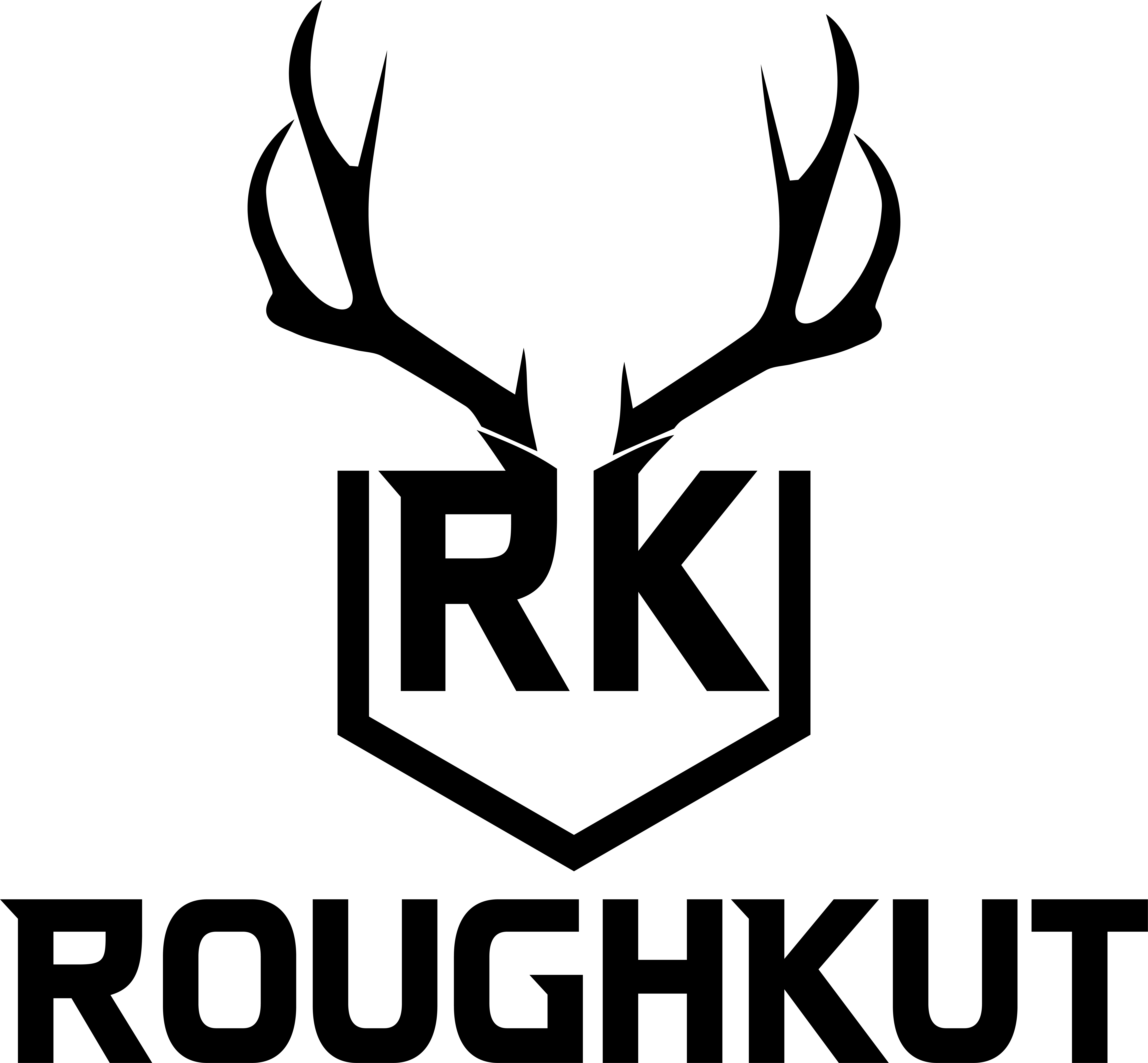Blacktail Deer Hunting in Oregon
Oregon is home to one of the most sought-after species of deer for hunters: The Columbia blacktail. This subspecies of mule deer is found in the western third of the state, inhabiting the coastal mountains and valleys, as well as the western Cascades. Blacktail deer are known for their elusive and secretive behavior, making them a challenging and rewarding quarry for hunters.
General Season Hunts
Oregon offers general season hunts for blacktail deer with over-the-counter tags that are available to anyone with a valid hunting license. The general season hunts are divided into two categories: any legal weapon and archery.
Any Legal Weapon Hunts
The any legal weapon hunts, formerly known as centerfire hunts, allow hunters to use any firearm, muzzleloader, or bow and arrow to hunt blacktail deer. The season dates for these hunts are:
- Oct. 7 – Nov. 10 for western Oregon
- Nov. 11-17 for West Cascade
- Nov. 18 – Nov. 21 and Nov. 25 – Dec. 1 for Coast Bull Elk
The tag required for these hunts is the General Any Legal Weapon Western Oregon Tag, which costs $443.50 for non-residents and $28.50 for residents. The tag sale deadline is the day before the season begins.
Archery Hunts
The archery hunts allow hunters to use only bow and arrow to hunt blacktail deer. The season dates for these hunts are:
- Sept. 2 – Oct. 1 for western Oregon
- Sept. 15 – Oct. 31 for White River, Hood, Paulina, Metolius and Upper Deschutes units
The tag required for these hunts is the General Archery Season Western Oregon Tag, which costs $443.50 for non-residents and $28.50 for residents. The tag sale deadline is the day before the season begins.
Controlled Hunts
Oregon also offers controlled hunts for blacktail deer that require a special tag through a lottery system. These hunts are limited and have higher chances of harvesting a trophy buck, especially during the peak of the rut. The controlled hunts are divided into three categories: rifle, muzzleloader, and late season archery.
Rifle Hunts
The rifle hunts allow hunters to use any firearm to hunt blacktail deer in specific units in eastern Oregon. These hunts are entirely controlled and have different season dates depending on the unit. The tag required for these hunts is the Controlled Rifle Hunt Tag, which costs $443.50 for non-residents and $28.50 for residents. The application deadline is May 15.
Muzzleloader Hunts
The muzzleloader hunts allow hunters to use only muzzleloading firearms to hunt blacktail deer in specific units in western Oregon. These hunts are also controlled and occur during the peak of the rut, producing some of the state’s biggest trophy bucks each year. The tag required for these hunts is the Controlled Muzzleloader Hunt Tag, which costs $443.50 for non-residents and $28.50 for residents. The application deadline is May 15.
Late Season Archery Hunts
The late season archery hunts allow hunters to use only bow and arrow to hunt blacktail deer in specific units in western Oregon during December. These hunts are also controlled and offer a chance to hunt blacktail deer during their second rut cycle, when they are more active and responsive to calls. The tag required for these hunts is the Controlled Late Season Archery Hunt Tag, which costs $443.50 for non-residents and $28.50 for residents. The application deadline is May 15.
Hunting Tips and Techniques
Hunting blacktail deer in Oregon requires patience, persistence, and skill, as these deer are masters of camouflage and evasion in their dense habitat. Here are some tips and techniques that can help hunters increase their success:
- Scouting: Scouting is essential for locating blacktail deer and their patterns of movement, feeding, bedding, and rutting activity. Hunters should look for signs such as tracks, droppings, rubs, scrapes, trails, and feeding areas.
- Scent Control: Scent control is important for hunting blacktail deer, as they have a keen sense of smell and will avoid areas where they detect human odor. Hunters should use scent-free clothing, equipment, and products, as well as play the wind direction when approaching or setting up near deer.
- Spot and Stalk: Spot and stalk is a common technique for hunting blacktail deer in open or semi-open terrain, where hunters can use binoculars or spotting scopes to locate deer from a distance and then stalk them carefully within shooting range.
- Still Hunting: Still hunting is a technique where hunters move slowly and quietly through the woods, stopping frequently to listen and look for deer. This technique works well in dense cover, where deer are less likely to see or hear hunters before they get close enough for a shot.
- Ambushing: Ambushing is a technique where hunters set up near a known deer trail, feeding area, water source, or rutting activity, and wait for deer to come within shooting range. This technique requires patience and concealment, as well as knowledge of deer behavior and patterns.
- Glassing: Glassing is a technique where hunters use binoculars or spotting scopes to scan the terrain for deer, especially during low-light periods of dawn and dusk, when deer are most active. Glassing can help hunters locate deer that are otherwise difficult to spot in their habitat.
- Calling: Calling is a technique where hunters use various sounds to attract or challenge deer, such as grunts, bleats, rattles, or snorts. Calling can be effective during the rut, when bucks are more responsive and aggressive, but it can also spook deer if done incorrectly or excessively.
Hunting Opportunities and Outfitters
Oregon offers a variety of hunting opportunities and outfitters for blacktail deer hunters, depending on their preferences, budget, and experience level. Here are some options to consider:
- Public Land Hunts: Oregon has over 34 million acres of public land open to hunting, including national forests, BLM land, state forests, and wildlife areas. Hunters can access these lands for free or with a minimal fee, but they may face more competition and pressure from other hunters. Hunters should check the regulations and maps for each public land area before hunting.
- Private Land Hunts: Oregon also has some private lands that allow hunting access through various programs, such as the Access and Habitat program, the Upland Cooperative Access Program, and the Open Fields program. These programs provide hunters with access to quality habitat and wildlife on private lands in exchange for a fee or a donation. Hunters should check the availability and requirements for each program before hunting.
- Guided Hunts: Oregon has many licensed outfitters that offer guided hunts for blacktail deer on public or private lands. These outfitters provide hunters with professional guides, equipment, transportation, lodging, meals, and trophy care. Guided hunts can increase the chances of success and enjoyment for hunters, but they can also be expensive and require advance booking.
Blacktail deer hunting in Oregon is an exciting and rewarding adventure for hunters who are looking for a challenge and a trophy. Oregon has four different species of deer available to hunt, with over-the-counter tags and controlled hunts for each. Oregon also has diverse and beautiful landscapes that offer different hunting scenarios and techniques for blacktail deer. Whether hunting on public or private lands, with or without a guide, hunters should do their research, plan ahead, and follow the regulations and ethics of hunting in Oregon. Happy hunting!
Source:
(1) Oregon Blacktail Deer Hunting – Upfront Outfitters. https://upfrontoutfitters.com/blacktail-deer-hunting.
(2) Seasons | Oregon Department of Fish & Wildlife. https://myodfw.com/big-game-hunting/seasons.
(3) Planning A Successful Blacktail Deer Hunt In Oregon. https://precisionoutdoors.org/planning-a-successful-blacktail-deer-hunt-in-oregon/.
(4) DC Outfitters – Columbia Blacktail Deer Hunting. https://www.dcoutfitters-oregon.com/.




